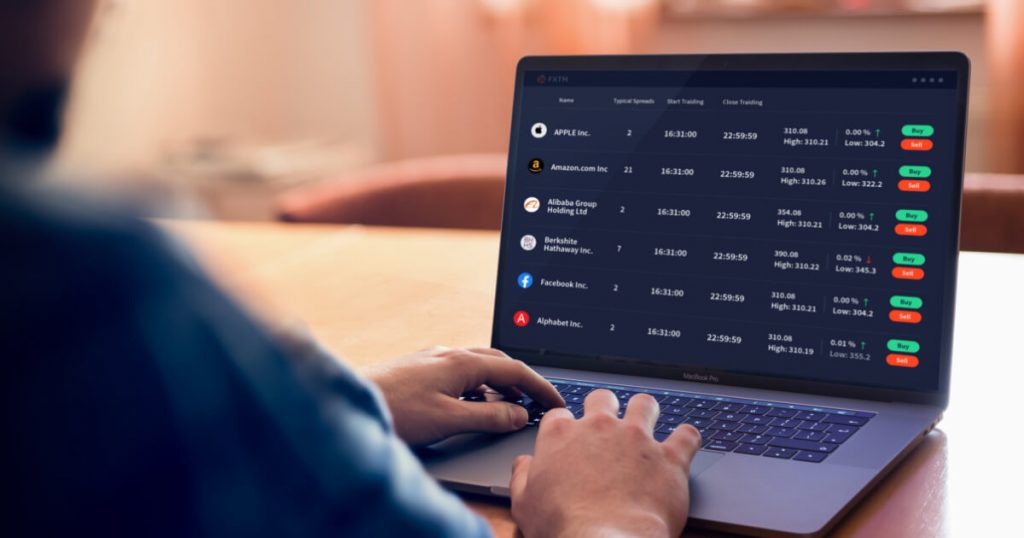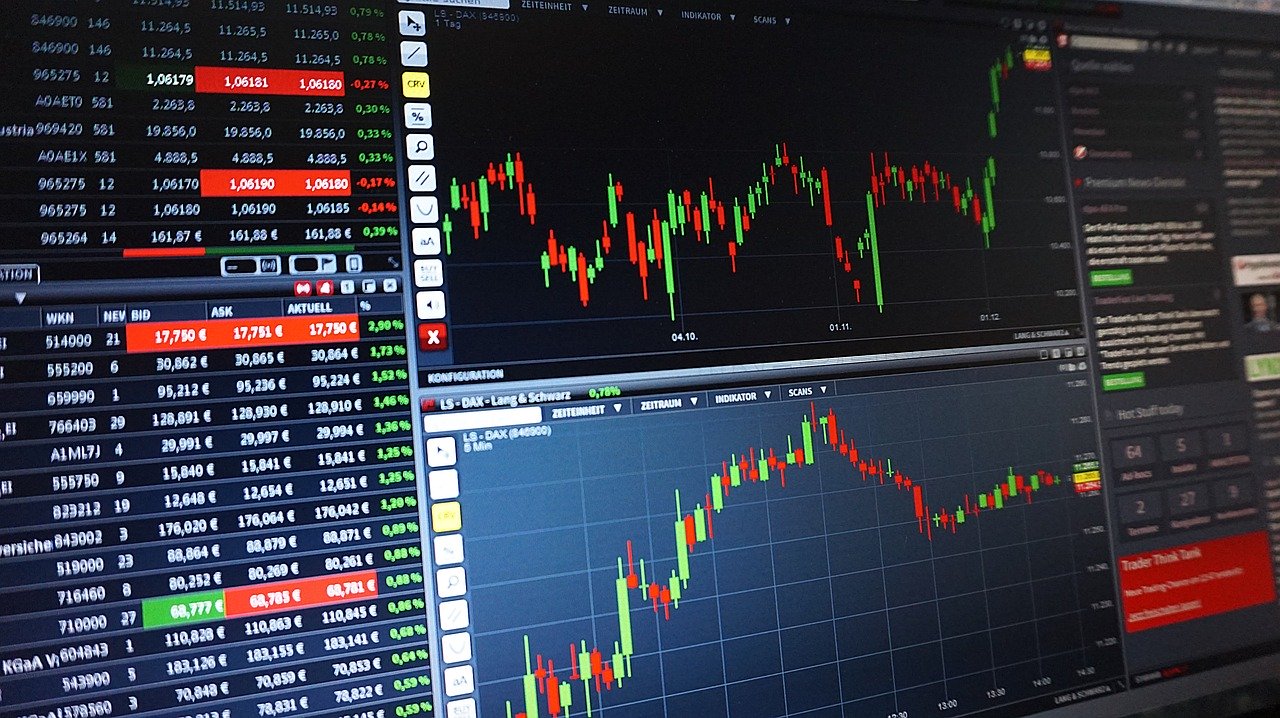veryone wants a shortcut to learn day trading or any other kind of short term trading – someone to teach them the “secret sauce” that will take 10-20 years of experience and allow them to come up to speed in a few months. If you needed brain surgery, would you want the guy who got his degree online in 6 months OR the guy who spent 10+ years in med school + residency + specialization? Is that even a fair question?? Well, lucky for you trading is harder than brain surgery… well it can seem like it at least. In actuality there are really some positive things you can do to dramatically decrease the learning curve, BUT there is no holy grail solution or indicator that can ever ever replace experience. That is learned. The key to winning is doing things that will cause you NOT TO LOSE.
First off, you really need to treat trading as a profession. This means act like its a real job and your only way to make money. You need a dedicated computer to trading with at least 2 monitors. Do not try to use some 5 year old computer that is underpowered. I can assure you that computer will fall behind of the task. Nothing is worse than lagging data (meaning the market is at place C but your computer is showing its at place A still) and failed network connections. Trading is super data intensive, make sure you have a computer with at least the following specs:
1. A minimum dual core chip, ideally you want a quad core chip. Each core can run a separate app, really lessens the chance that the computer will stall out. Make sure the chip has a decent amount of L2 cache. If you dont know what this is, ask a local computer nerd, they will help you.
2. A minimum of 2gb memory, the more the better. If you want more than 4gb you will have to use a 64 bit operating system. Make really sure before you do this step that whatever software you plan on using is compatible. You should be able to get by with 2-4gb fine. The faster the memory the better, but no need to really pay up for special memory.
3. An add on graphics card from Nvidia OR AMD. Make sure the card can handle at least 2 monitors. You do not need a high end gaming card, you should be able to get something decent for about 100-150 bucks easy. Do not rely on the built in graphics on the motherboard, they are notoriously underpowered for any graphics intensive software. Trading is extremely graphics intensive – think about real time charting, indicators, order entry, bid ask in real time etc – it adds up.

You only need this on the main computer you will be trading on and doing your charting. You want 1 dedicated screen for order entry and 1 screen for charting. If you have any other computers that are older, those are totally fine for surfing the net, getting news, IM chat and other stuff. I would always keep your trading computer as uncluttered with add on applications as possible. You do not want it to crash or lock up during trading hours.
You need a dedicated work area that will serve as your trading area and workplace. It should be setup like you would a desk in an office – phone, light, supplies, computers etc. Remember to succeed, you really have to treat learning trading as a real business, not some kind of hobby. A hobby is fine, but you cannot expect to become an expert unless you treat it seriously. When you are concentrating on trading, do not let outside influences distract you. This means chatting on the phone to friends, watching tv shows, and doing other things while “kind of watching” the market. If this behavior would not cut it in an office atmosphere it will not cut it for learning to trade either.
Once your office is setup, you really need to get serious about learning how the market works. While this blog is a great source of information, you really cannot expect to learn everything for free online. Go to Amazon.com or Traders Galleria and search for the term “stock charts”. You want a beginning book and an advanced book on charting. To learn to trade you have to understand the mechanics of how price moves, which means you have to learn to be an expert at charting. This will take some time, its not easy. But as you get more proficient, it becomes much easier to add new ideas and concepts because you have the background framework to understand them.
Expect learning charts to take about a year to get good, but in a month or 2 you can get a good start. Again, do not fall into the trap of thinking “if I throw some money at this, someone will show me secrets and shortcuts”. If you don’t have the background to understand, no amount of shortcuts will help you at all because you have no clue about how or why something might work or not work. DO NOT ATTEND ANY SEMINARS OF ANY KIND until you consider you have mastered the basic charting book on your own. When you think you are ready for the advanced book, then you can consider attending a seminar to learn more. Again here there is no substitute for experience. You will need to watch the markets every day, even if its just for an hour or 2 (until you decide its a career move you can make).
You really need to watch it live AND go over static charts after the market has closed. If your time is impacted because you have another full time job and cannot watch the market here is a secret: Get some screen capture video software (records your screen to video) and an external usb hard drive, probably 500gb will do. Set up a real time chart of the market and a few stocks on your screen before you leave for work. Set up the recording software to save to the external usb hard drive. You can set up a macro (there are free programs out there that can do this, search Google) if you are not home when the market opens. Set i to record at least an hour of video of the market open and any charts you have open. Then when you get home at night, you can play this back in real time and work on watching for chart patterns. If this does not appeal to you, some of the brokerage firms or data vendors have market replay that can replay parts of the prior day for you.
One last thing I have not touched on yet – charting software. There are tons of them out there. I have my own preferences, but that does not matter. You need to find what you are comfortable with. Some are very complicated and programmable, some are simpler and don’t have as many bells and whistles. If the beginning , I would suggest everyone go with simple. What good is having 500 things you have no clue what they do or how they work?? All that does is confuse more and add things you are not ready to use. Just make sure its a fully robust charting package – meaning all charts are live, you can put tick charts AND minute based charts up (not delayed data, live data) AND its not web based. By web based, I mean it runs in a browser rather than a dedicated, loadable program. You want a standalone program – not only are they more stable by far, they offer way more speed and flexibility. If your trading platform is integrated with the charts that is totally fine, just make sure its not web based order entry either. Its simply too slow to be of any use. Web based is totally fine for buy and hold, longer term investing. Trading is about time, even 5 seconds sometimes can cost you 50c per share if the market is moving fast. That is a real cost and can cause you to turn what would be a winning trade into a losing trade.
While this was not a tutorial on how to trade, I tried to touch on a few subjects often overlooked when people are trying to learn to trade. They overlook these because they either cost money (charting software, real time data, computers) or they think they take too much time so lets find a way to skip this or that part.
As in every business I know, there are some fixed, monthly costs that are a part of doing business. As a trader, data and charting costs are one of many. Often you can get them minimized or waived if you are active, but for probably the first year expect to pay for them as you are learning.
